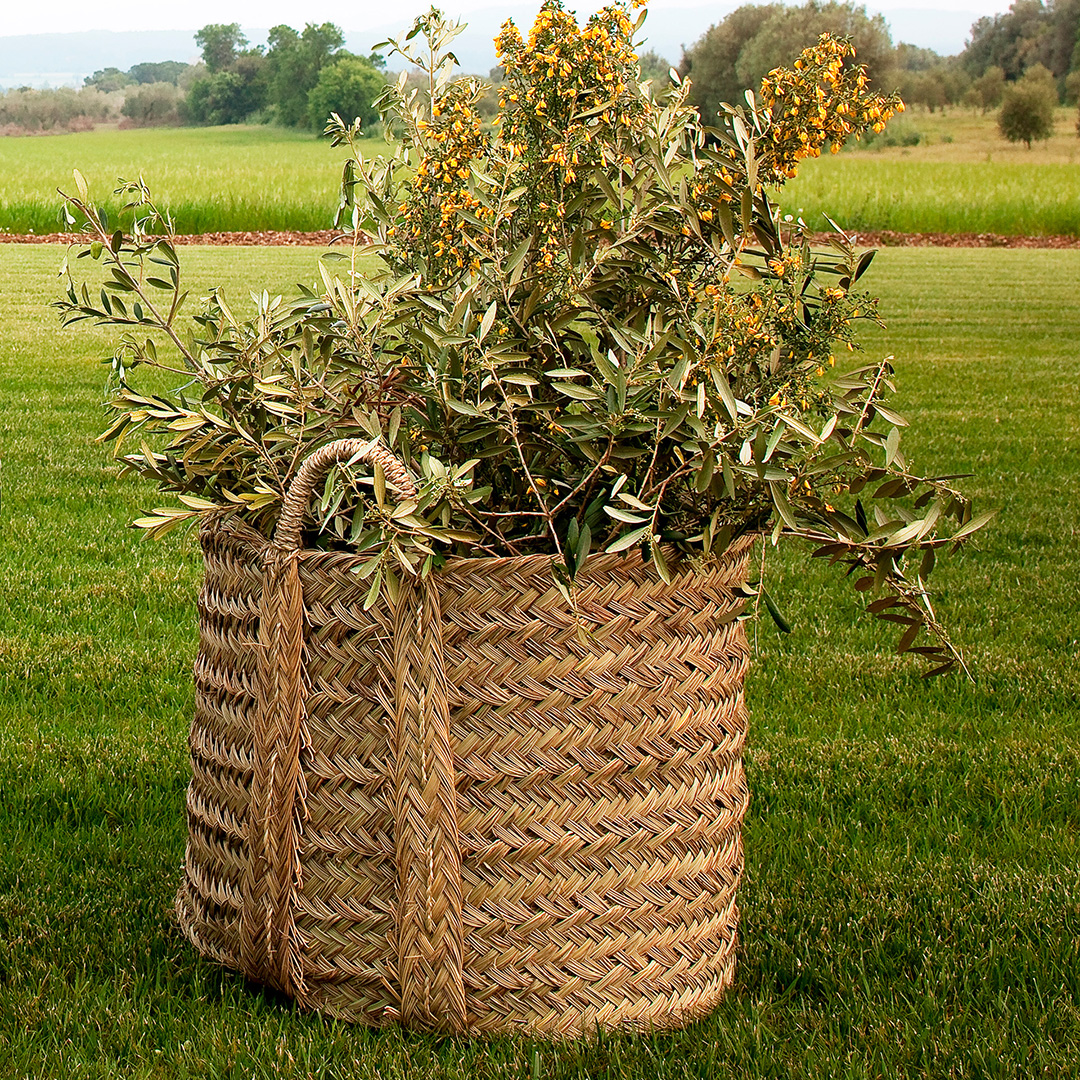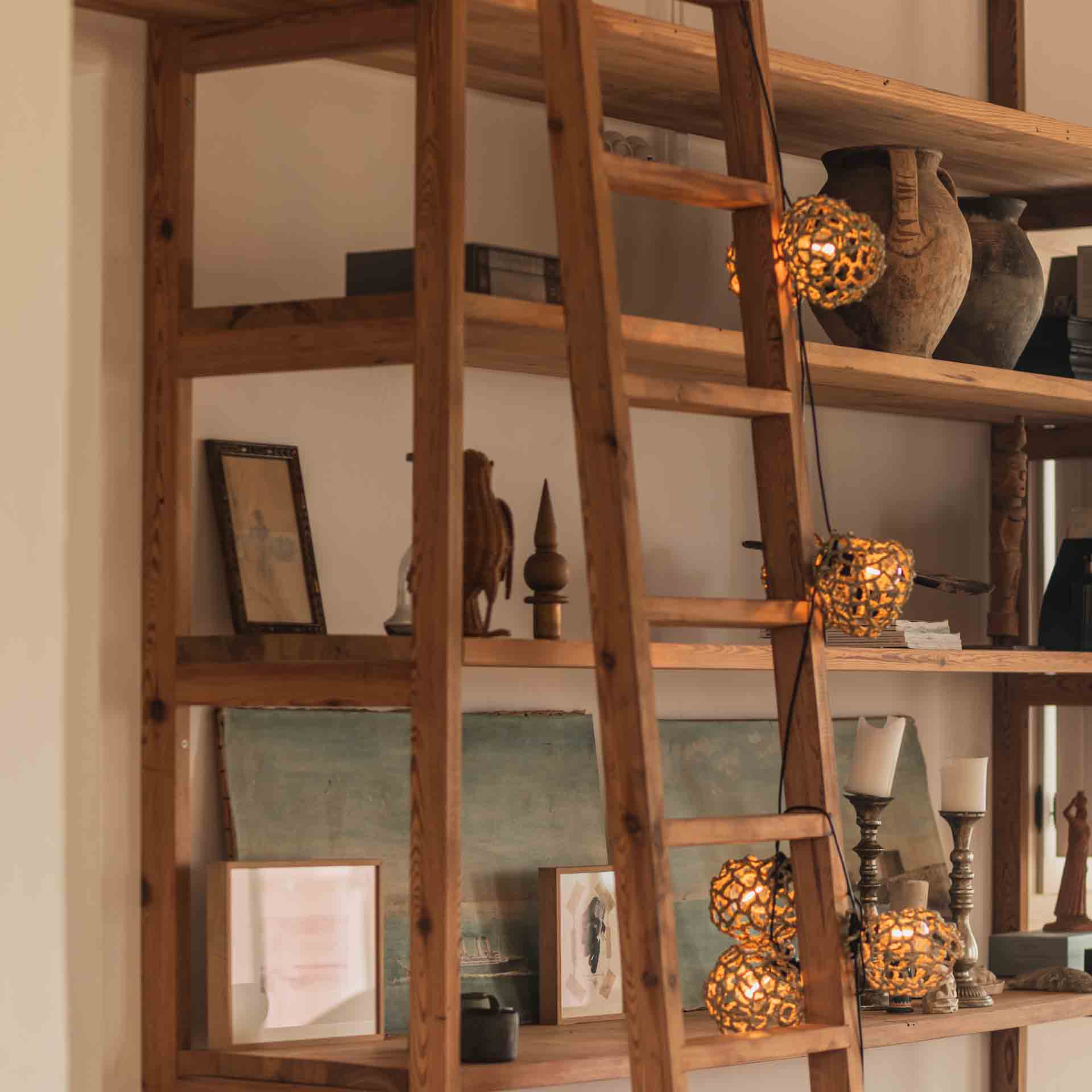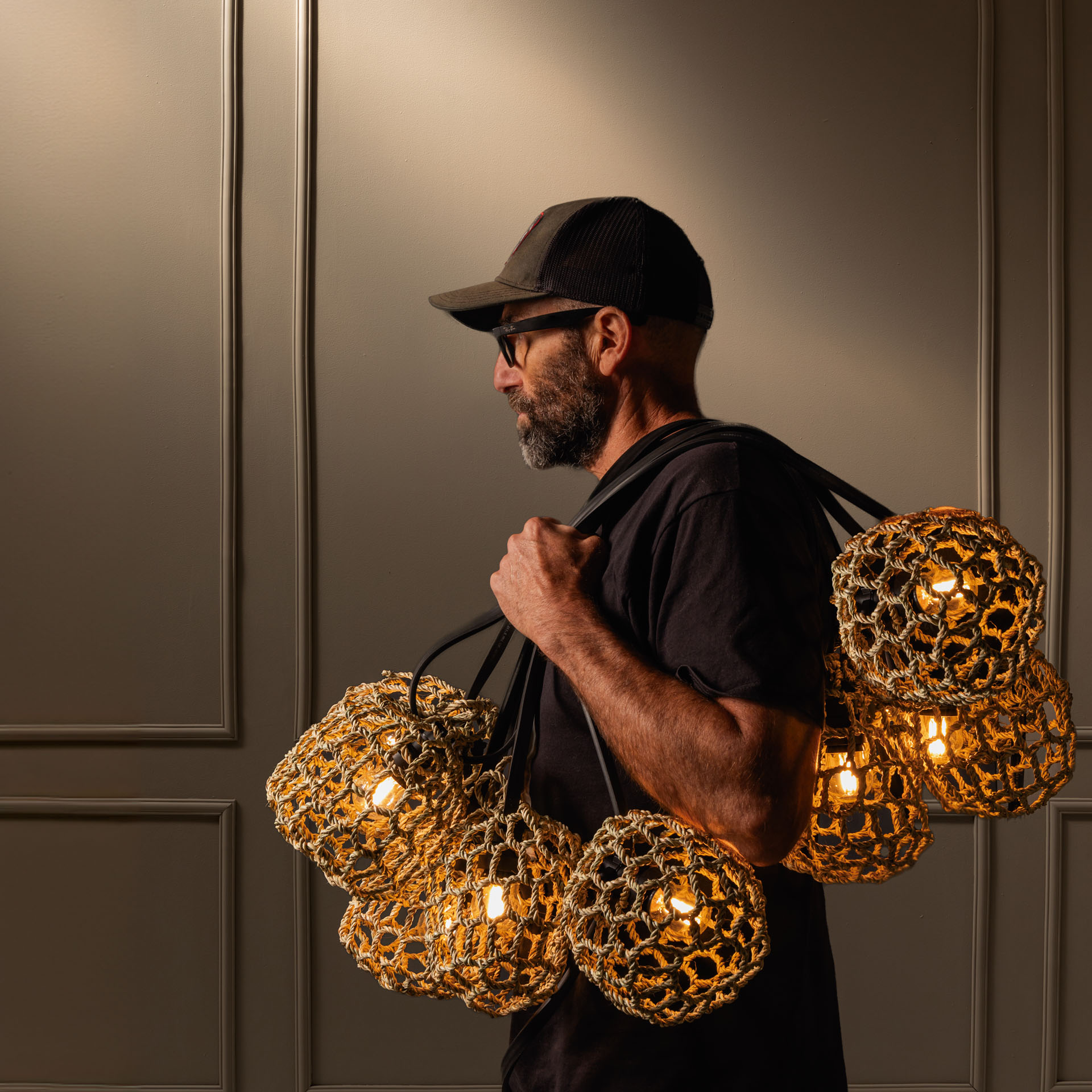Esparto(Stipa tenacissima)
The etymology of the word esparto references the terms for strength and resistance. When we at Let’s Pause talk about looking for that which is authentic we mean going back to the roots, to the very essence. Like rediscovering materials that grow in the wild as well as age-old techniques that have been employed in crafts since ancient times.
We look for the essence of things
We respect the time taken to do things, in the way they’ve always been done. Esparto grows naturally in the wild, uncultivated, nourished only by the rain, the sun and the wind from the Mediterranean. Our role is simply to wait. Patiently. And then collect is once it’s ripe and ready for being worked. The collection process happens over July and August although it can happen between May and December. It is then left to dry under the sun where it takes on its golden hue. Then it’s thrashed and the tips are crushed typically with a mace or flint stone to avoid punctures from the sharp ends. One by one.
Handicrafts and age-old techniques.
The esparto is worked by the expert hands of our craftsmen and turned into lamp shades, rugs, baskets, chaise-longues and bed boards. Four different techniques are employed, passed down in the same way as the trades of old, under the tutorship of a master, imparting the knowledge little by little.
At the end of their life, our esparto grass objects are returned to the plain where they simply decompose and return to the natural cycle of life.
This is only possible because we do not apply any artificial treatment to our products. Because our essence is the commitment to the Earth, and to the environment.
A handicraft technique
Pleating
Woven from long lengths of raw esparto which are then sewn together using a wooden needle.
WATCH VIDEO
Recincho
The esparto is immersed in water over a few days, shredded and then spun into a yarn that is woven to create different type objects.
WATCH VIDEO
Capacho
Typically used stitching technique for fruit baskets, woven containers used in olden times by olive oil mills for pressing the oil.
WATCH VIDEO
Spirals
Sewing multiple leaves of esparto together over one another into a spiral shape. Takes on a more mature beauty with time, its green turning to ochre then gold till it’s completely dry.
 Salada (copia)
Salada (copia) Sofá Kapari (copia)
Sofá Kapari (copia) Bee garland wall lamp
Bee garland wall lamp Bee garland
Bee garland